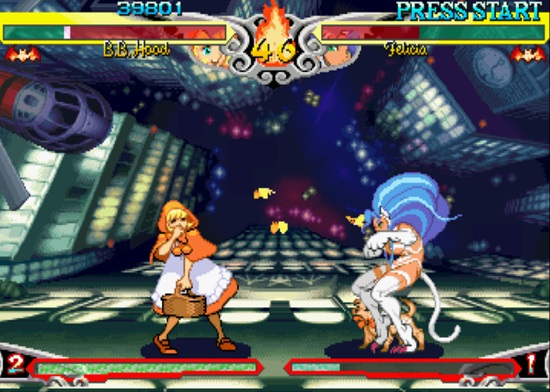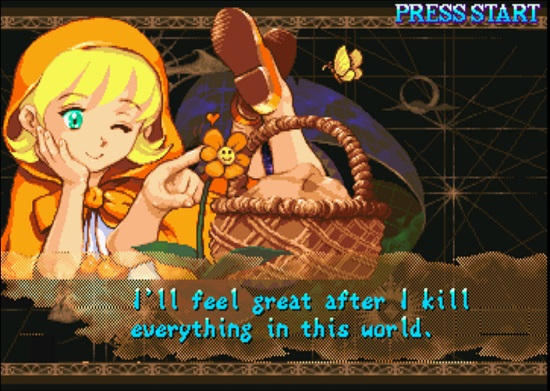Love him or want to be him, everyone knows Wolverine. He’s the guy always charging at you on the cover of a comic book, gritting his teeth with his claws bared. He’s the hairy guy with a helmet/mask that fits his pointy hair (no such initiative for Hawkeye). He’s the best at what he does because it’s his favorite line of dialog.
With the top-tier status that he enjoys, Wolverine is universally renown. So if there’s one simple question that any true or even casual comic fan can answer, it’s this: has Wolverine ever kicked someone in a fight?
No. Of course not. And even if he did, what’s the point? It doesn’t look cool.
All the problems behind X-Men: Mutant Academy (2000) start and end here. Sure, it may seem like a superficial way to analyze this game, but Wolverine’s claw attacks is the whole point of Wolverine. He’s a guy who always has to do things his way, which is why he somehow ends up joining every Marvel team in existence, and he’ll be there, clawing his way to victory while wearing a uniform that consists of jeans and a wife beater. Wolverine simply doesn’t kick.
And yet, X-Men: Mutant Academy has given us control of a Wolverine that has three separate buttons to kick, modeled after the six-button Street Fighter layout. Instead of giving us six claw attacks (like Bison’s punches) we get a Wolverine that does a round house kick. Folks, this isn’t Chuck Norris we’re trying to emulate here.
It’s an inferior experience, and the rest of the game frustrates us with other emasculating situations. Why is Phoenix throwing punches and kicks instead of manifesting itself in weird animal-shaped psychic astral forms? Why are there no ricochet shots from Cyclops, easily the best thing about shooting a continuous force beam from you eyes? This may sound like griping for more fan service, but in truth X-Men: Mutant Academy is a crappy game that didn’t matter to the legions of gamers who bought it.
Yes, X-Men: Mutant Academy was successful enough to warrant a sequel the following yeat. It’s a game that looks pasty and “jutting” and is a chore to play with its boring moveset, but it seems that the X-Men movie that came out at the time and revitalized comic book movies may have been instrumental in this game’s popularity.
Watching Wolverine kick is like feeding stray dogs Vaseline for dinner: it gets the job done for someone who doesn’t know any better or have taste.
How far I got in half an hour: tried out arcade and training mode.
The good: the menu is full of X’s, great job on preserving the motif fetish.
The bad: Professor X is still a jerk like the back-stabbing liar he is in the comics.
Will I play this game again once the year is over: No. X this out.
Days so far in the Year of the Play-a-DayStation: 45






